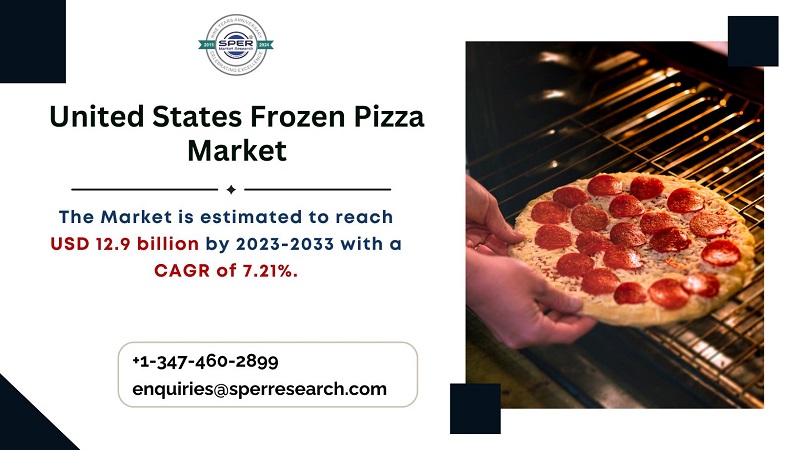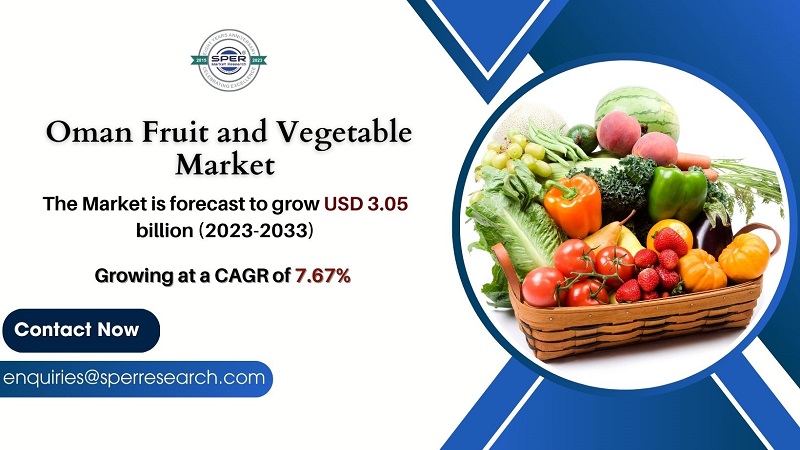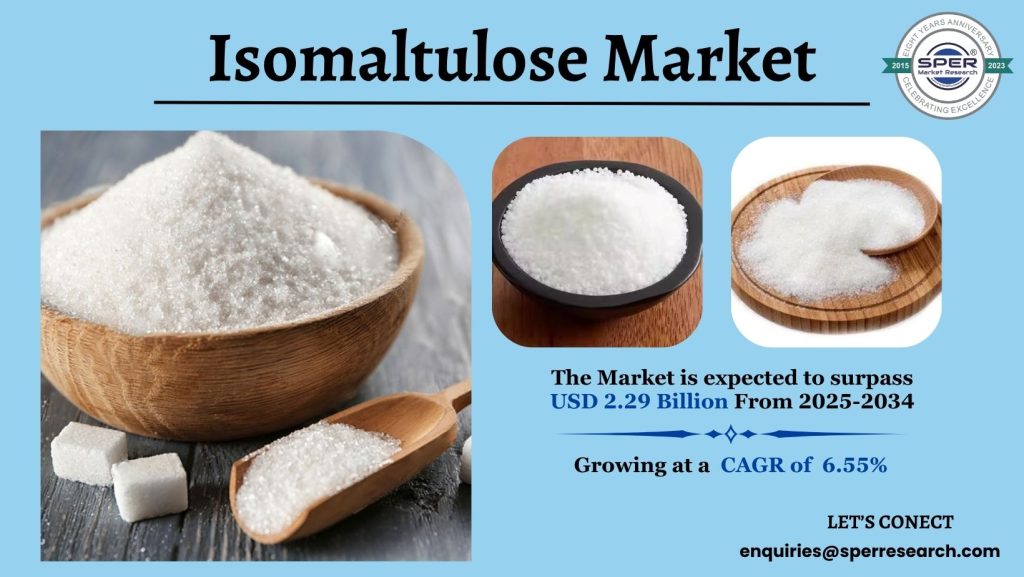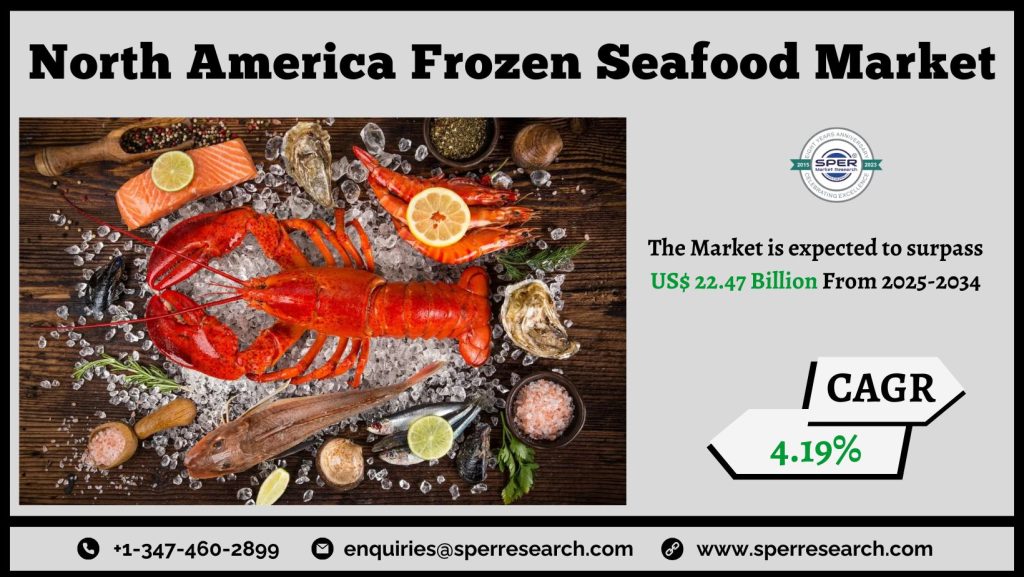Edible flakes, or cereal flakes, are food products made from a range of cereal grains such as corn, rice, oats, and wheat. The production process starts by removing the outer layer of the grain, which is then processed into groats. These groats are cooked in a mixture of salt and sugar syrup, rolled into thin flakes, and toasted in ovens. Edible flakes come in various flavors, including raspberry, chocolate, caramel, strawberry, and fruit & nut. Often eaten as breakfast, they are typically enjoyed with milk, yogurt, fruit, or nuts. In addition, edible flakes are used in the creation of snacks such as oat-based bread, biscuits, energy bars, cookies, infant food, and probiotic drinks.
According to SPER market research, ‘Edible Flakes Market Size- By Product, By Distribution Channel – Regional Outlook, Competitive Strategies and Segment Forecast to 2034’ state that the Edible Flakes Market is predicted to reach 43.67 Billion by 2034 with a CAGR 6.46%.
Drivers: The growing demand for edible flakes is fueled by urbanization, rising income levels, and the need for quick, nutritious breakfast options amidst busy lifestyles. The widespread availability of these products in both physical stores and online platforms further accelerates market growth. As work hours extend, travel times increase, and consumer habits evolve, urban dwellers are turning to convenient food choices. At the same time, there is a shift toward healthier, nutrition-packed foods and products with reduced sugar, driven by fitness trends and greater health awareness. The presence of edible flakes in supermarkets, grocery stores, and online platforms has broadened their market reach. Additionally, product innovations, new launches, and effective distribution strategies are further boosting the sector’s expansion.
Restraints: The edible flakes market faces several challenges that could hinder its growth. Intense competition among numerous brands makes it difficult to secure and maintain market share. Fluctuations in raw material prices, especially for grains and seeds, can impact production costs and profitability. Additionally, health concerns regarding sugar content, preservatives, and artificial additives in some products may limit consumer acceptance, as many people are increasingly seeking healthier alternatives. Supply chain disruptions, regulatory compliance challenges, and differing food safety standards across regions also threaten market stability. Furthermore, the growing demand for sustainable sourcing and packaging practices raises operational costs, complicating growth for manufacturers. These combined factors present significant obstacles to the edible flakes market.
Request For Free Sample Report @ https://www.sperresearch.com/report-store/edible-flakes-market?sample=1
North America is the dominant region in the edible flakes industry, holding the largest revenue share in 2024. This growth is mainly fueled by a large consumer base, growing demand from urban areas, a diverse range of product offerings, and the affordability of these products. Additionally, rising awareness about calorie intake, sugar consumption, and their impact on health has further driven the expansion of this market segment. Some significant market players are General Mills Inc., Marico Ltd., Nature’s Path, Nestlé, The Brüggen Group, The Quaker Oats Company (PepsiCo Inc.), WK Kellogg Co, and others.
Edible Flakes Market Segmentation:
By Product: Based on the Product, Global Edible Flakes Market is segmented as; Corn Flakes, Oat Flakes, Wheat Flakes, Others.
By Distribution Channel: Based on the Distribution Channel, Global Edible Flakes Market is segmented as; Online, Offline.
By Region: This research also includes data for North America, Latin America, Asia-Pacific, Europe and Middle East & Africa.
For More Information, refer to below link: –
Related Reports:
Contact Us:
Sara Lopes, Business Consultant — USA
+1–347–460–2899









